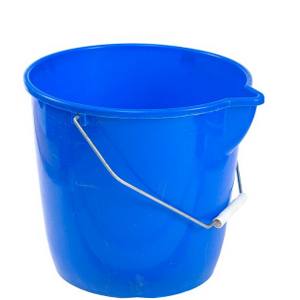How to use greywater from the bathroom
Index
Water shortages are having a serious impact on our environment, highlighting the importance of a conservation strategy that protects our drinking water. Our greywater recycling checklist can get you started with sustainable contribution in Australia

Grey water is the water from your bath, shower, hand basin and laundry washing machine that would normally go straight down the drain. It does not include black water, which is waste from the toilet and kitchen, which should never be reused.
Untreated greywater can be used to water your garden, which is a great way of helping the water shortage. Or if you treat the greywater you can use it to flush the toilet, or to wash your clothes.
It depends on how much water your household uses, but Sydney Water estimates that 61 per cent of an average household’s water can be used as greywater. That accounts for a staggering 350 litres a day.
It can be as simple as showering with a bucket, or attaching a hose to the outlet pipe on your washing machine, which you can then empty onto your garden. Grey water recycling can also be achieved by way of a less labour-intensive method. Diverter systems can be installed that automatically feed the water to your garden through a series of underground hoses.
You don’t need a permit to use untreated grey water on your garden, but because it contains bacteria, it must be used within 24 hours. If you want to store your greywater longer than this, or use it for something other than the garden, you’ll need to install an EPA-approved treatment system and obtain permission from your local council.
There are no long-term studies into the effects of grey water on the garden, so it’s important to monitor the health of your plants. If you notice any adverse effects, rest the area for a while. Never use grey water on vegetables that are consumed raw, and make sure you use low-salt, phosphorous-free detergents to minimise impact on the soil.
